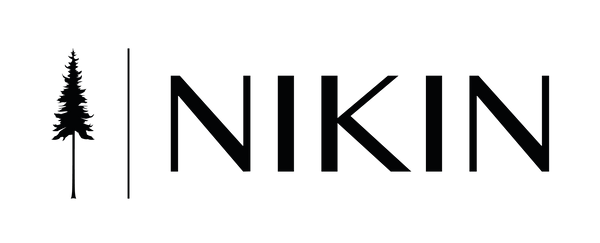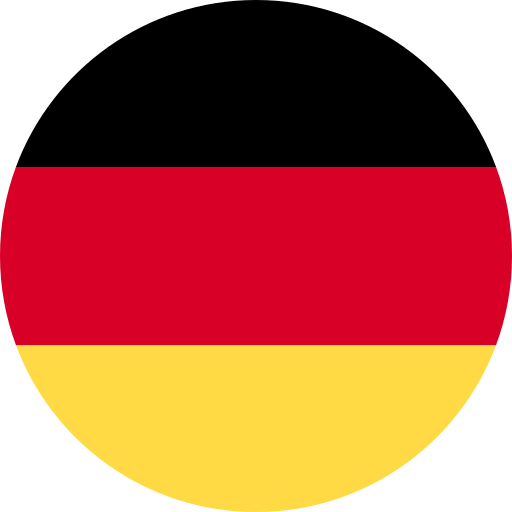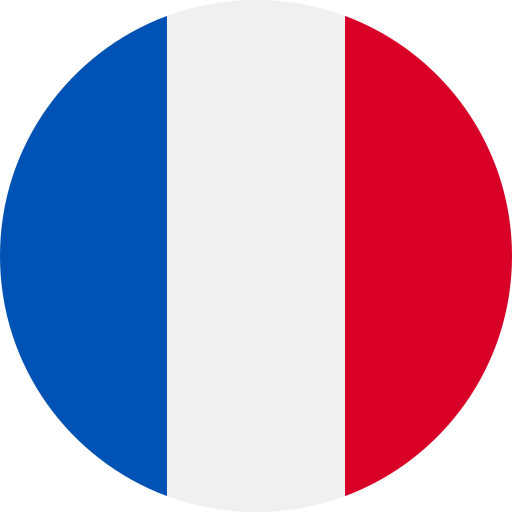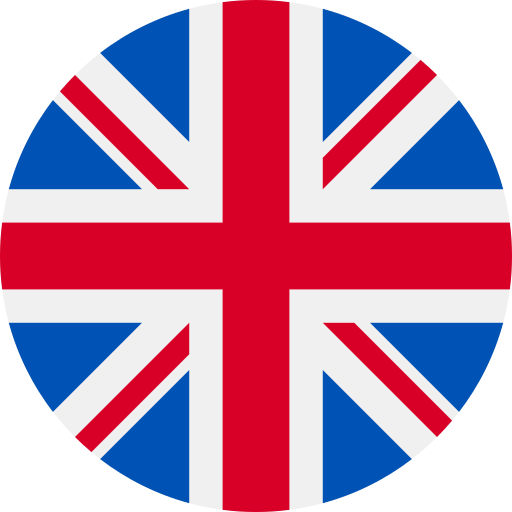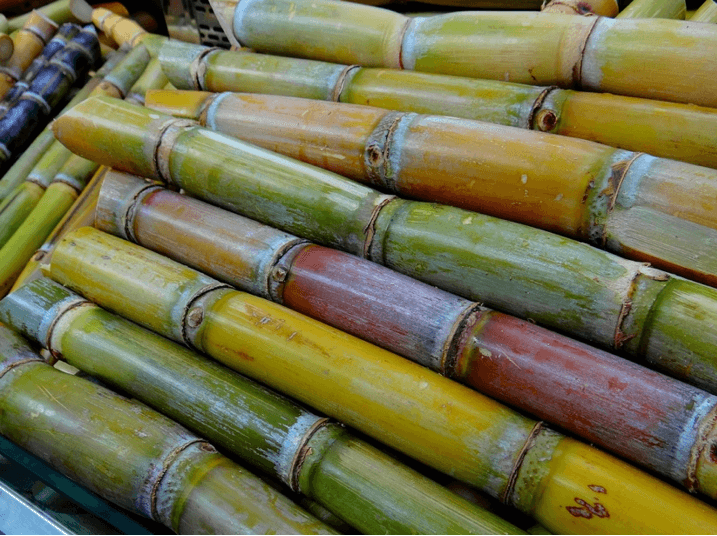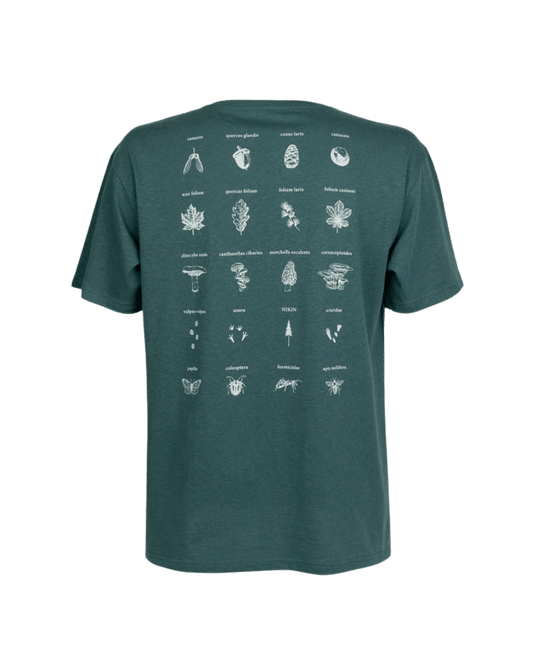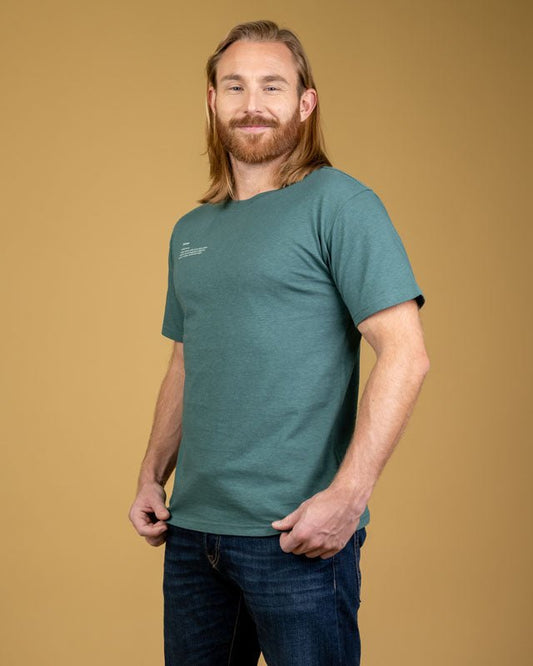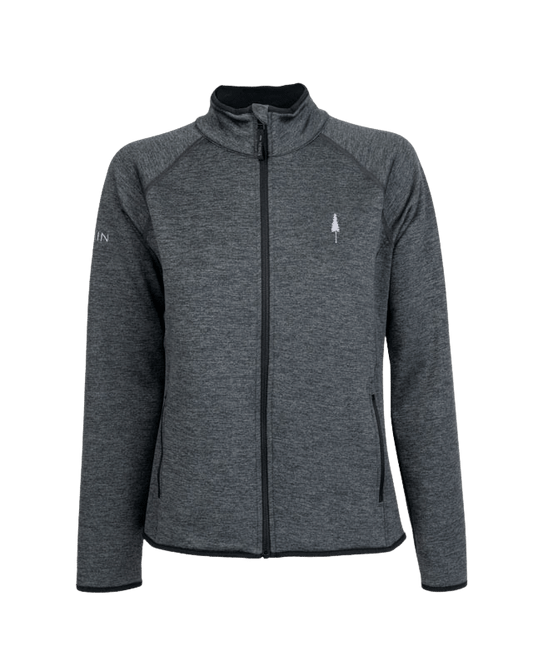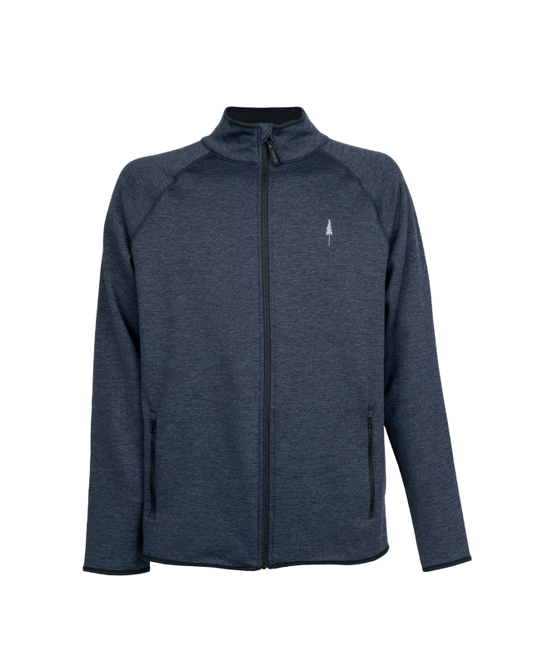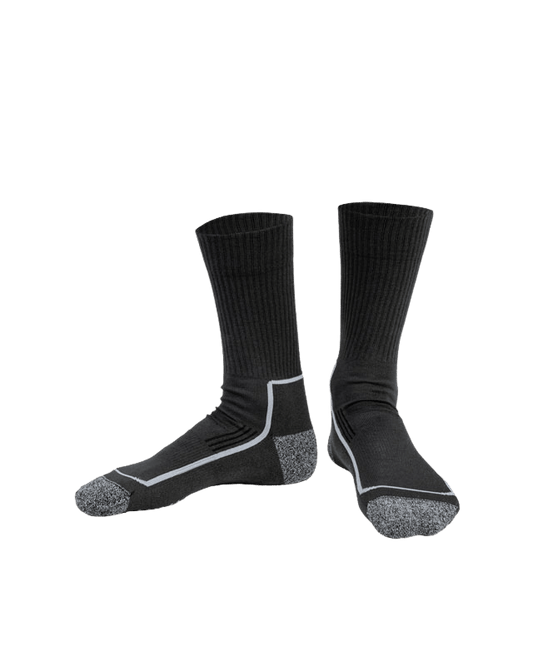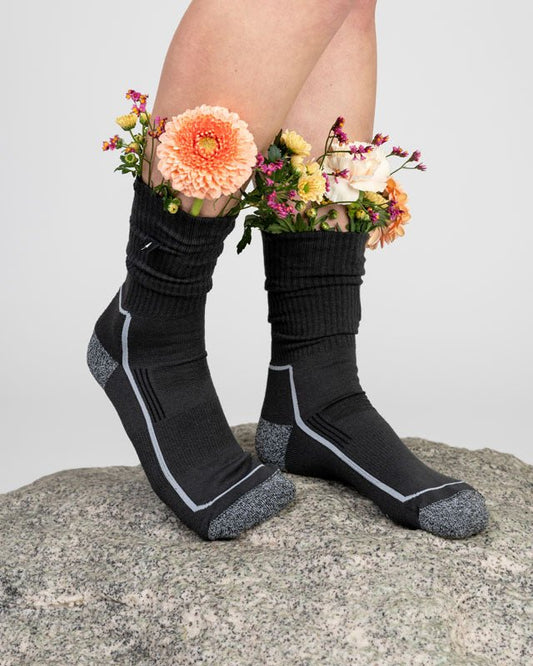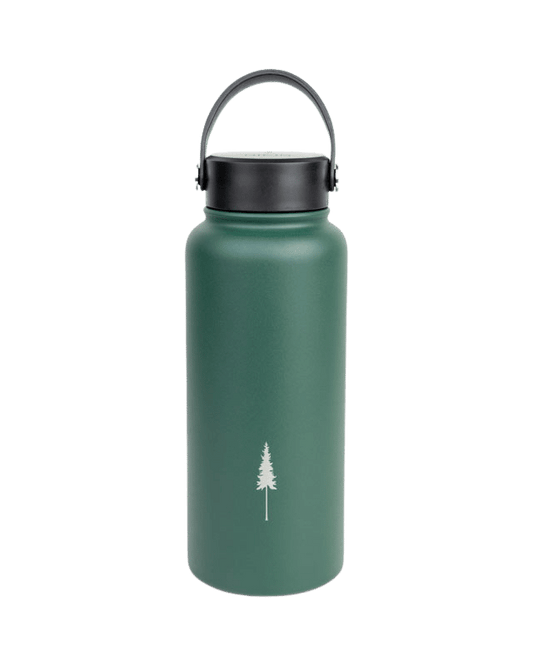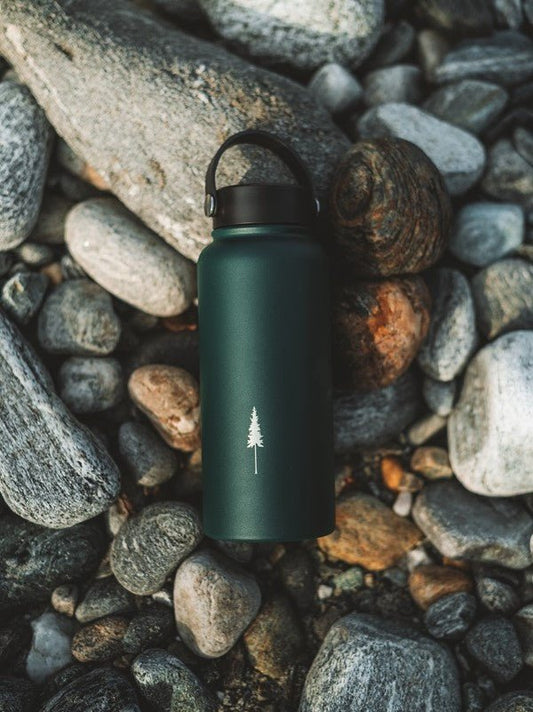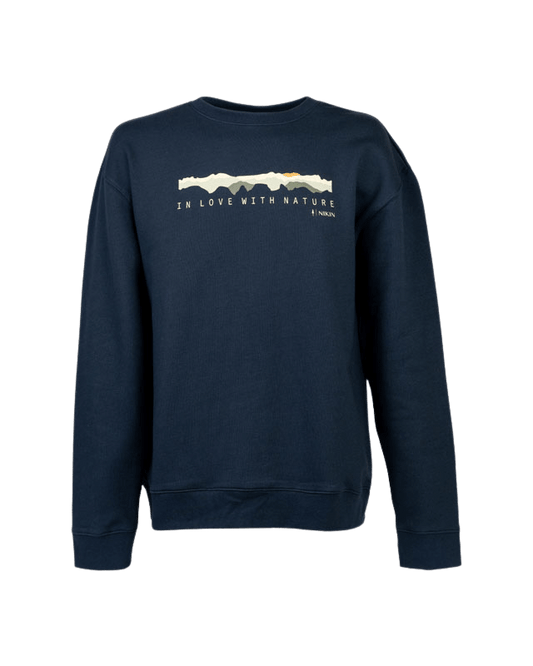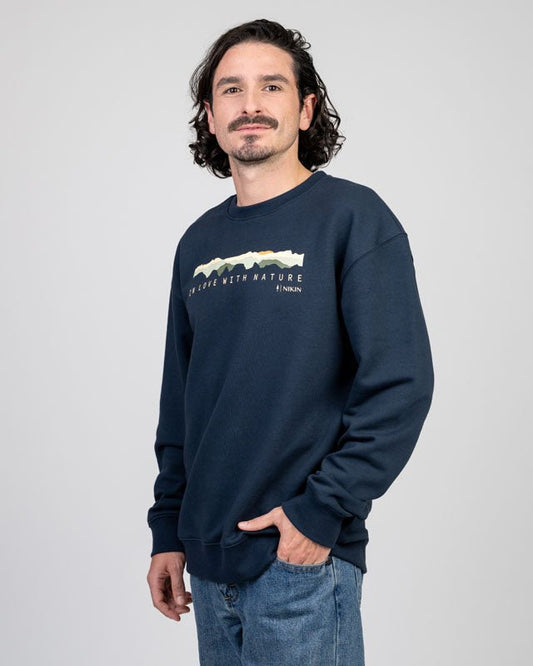More than 40 per cent of the wood used worldwide is processed into paper products such as newspapers or copying paper. Sugar cane - the sustainable alternative.
194! That's how many kilogrammes of paper every Swiss person consumes every year. More than 40 per cent of the wood used worldwide is processed into paper products such as newspapers, toilet paper or copying paper. A paper fibre can be recycled up to seven times (!) and yet, according to the WWF, the wood and pulp plantations cannot meet the consumption of the industrialised countries.
If you want to reduce your number of kilograms of paper, it is advisable to switch to alternatives and familiarise yourself with the tree-free options.
Take a quick look at the following options - you'll be amazed!
- Bamboo. The "raw material of the 21st century" is particularly suitable because this plant grows very quickly and has a highCO2 absorption capacity. You can buy bamboo paper on Amazon or in shops.
- Milk. Yes, you read that right. Milk is not only suitable as an ingredient for your muesli, but also for making paper. Crazy, isn't it?! Admittedly, "Papermilk" is not entirely wood-free. But it is still suitable as an alternative, as it consists of 10% milk fibres, 45% cotton and 45% wood-free ECF pulp. You can buy it at RÖMERTUM.
- Grass. The paper made from "Graspap" consists of grass fibres pressed into pellets. Grass can be used as up to 60% of the basic production material wood pulp and waste paper, although it has to be said that the paper is not completely wood-free here either, but has a much lower proportion of wood. If you are interested, you are welcome to have a look at "Creapaper Grasfibre".
- Sugar cane. Bagasse" is the name given to the plant residue that remains after the sugar cane has been pressed out during sugar production. Since your tree certificate is made of this bagasse, a separate fact sheet is dedicated to the sugar cane.
- Even if there is a risk of repetition: Bagasse is the plant residue from sugar production. It consists of cellulose, hemicellulose and lignin and was long considered a waste product.
- From waste to trend product! Bagasse is popular for the production of building and packaging materials, as well as disposable tableware. It is also a welcome substitute for paper products.
- Bagasse is found in countries where a lot of sugar is produced, such as Brazil, China or Thailand.
- Sugar cane belongs to the sweet grass family and grows in tropical and subtropical climates. It grows really tall with a height of 3-6 metres! Hidden inside the stalks lies the "treasure": sugar! From 100 tonnes of sugar cane, 10 tonnes of sugar and 34 tonnes of bagasse are extracted.
- Sugar cane is a very fast-growing plant. As with bamboo, no forests have to be cut down to produce it. Bagasse also requires no additional cultivation area and much less energy is used for the production of bagasse paper - your certificate - than for conventional paper.
- In addition to sustainable extraction and processing, bagasse has other super properties. On the one hand, bagasse is very robust and on the other, it is water-resistant and greaseproof! Best of all, it is completely biodegradable and compostable.
Although most variants on conventional paper are not 100% wood-free, they do have a much smaller amount of wood. Bagasse, which was once used as a fuel for manufacturing plants, is increasing in value these days.
So when you buy a NIKIN product, you are not only doing something against deforestation, you are also helping to support the production of wood-free paper.

